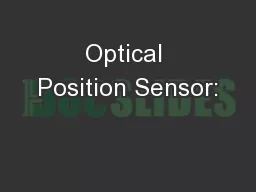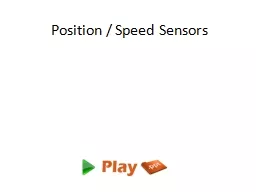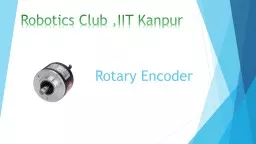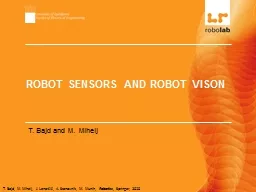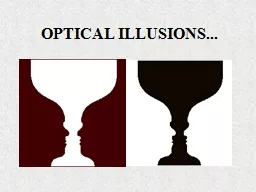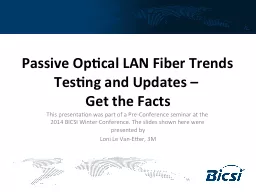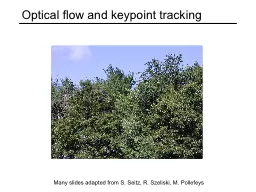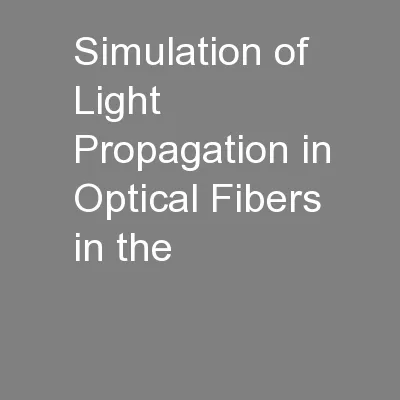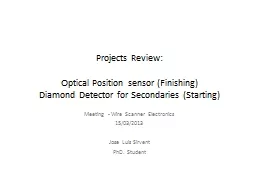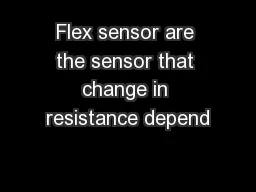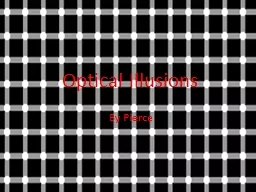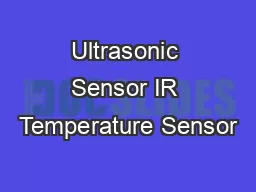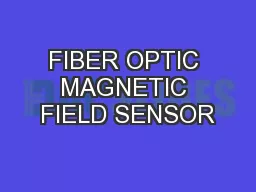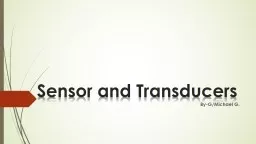PPT-Optical Position Sensor:
Author : pamella-moone | Published Date : 2018-02-09
Radiation Hard glasses for lenses and new electronics Jose Luis Sirvent Blasco Student meeting 26112012 1 Issues due to radiation A Lenses goes dark as they are
Presentation Embed Code
Download Presentation
Download Presentation The PPT/PDF document "Optical Position Sensor:" is the property of its rightful owner. Permission is granted to download and print the materials on this website for personal, non-commercial use only, and to display it on your personal computer provided you do not modify the materials and that you retain all copyright notices contained in the materials. By downloading content from our website, you accept the terms of this agreement.
Optical Position Sensor:: Transcript
Download Rules Of Document
"Optical Position Sensor:"The content belongs to its owner. You may download and print it for personal use, without modification, and keep all copyright notices. By downloading, you agree to these terms.
Related Documents

